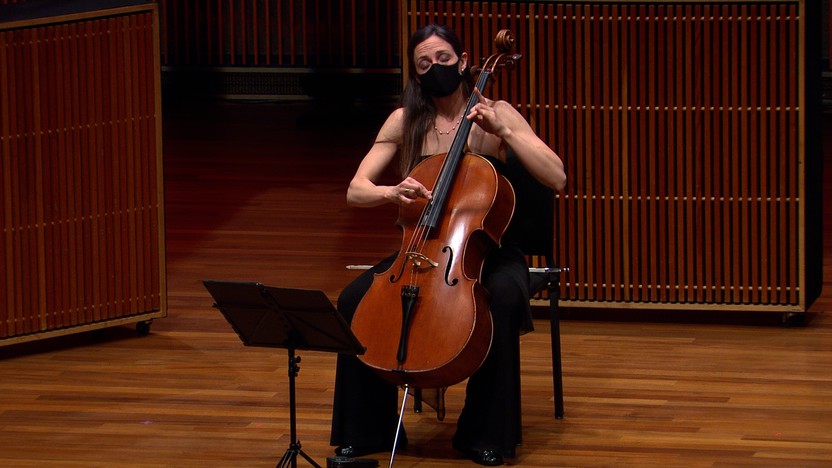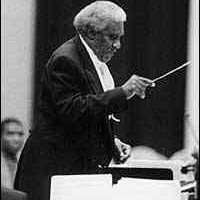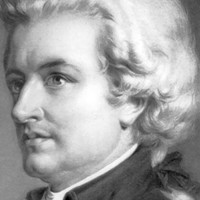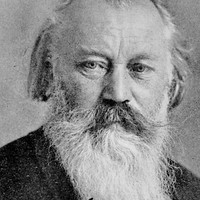Lamentations



Coleridge-Taylor Perkinson was destined to be a composer from birth, when his mother, a pianist and organist, gave him that hyphenated name in honor of the Black British composer Samuel Coleridge-Taylor (whose name was itself a tribute, derived from the British poet Samuel Taylor Coleridge). Perkinson gained entry to New York’s legendary High School of Music and Art as a dancer, but he took up composing during his time there and earned a top music prize before he graduated. He went on to study music at the Manhattan School, Princeton University and the Berkshire Music Festival (now called Tanglewood), and he also studied conducting in Europe.
As part of a rich professional life centered in New York, Perkinson co-founded the Symphony of the New World in 1965, the first racially integrated orchestra in the country. In 1973, he wrote Lamentations for one of the orchestra’s cellists, Ronald Lipscomb, creating a “Black/Folk Song Suite” in four movements, each referencing an aspect of traditional African American music. “The common denominator of these tunes,” Perkinson explained, “is the reflection and statement of a people’s crying out.”
The Fuguing Tune cited in the first movement’s title refers to a British tradition of choral singing that took root in New England in the late-1700s, eventually spreading south and becoming a mainstay of African American churches as far away as Alabama (where that style of “Sacred Harp” singing, named after a popular songbook, still thrives). Elaborating on a bluesy theme declaimed in double-stops, this movement develops sophisticated counterpoint that also points to the influence of J. S. Bach, the master of the more familiar type of fugue, and the forefather of all composers of cello suites.
The slow second movement, Song Form, refers to its underlying structure in two contrasting veins with the first one repeated (i.e. AABA), the standard formula for theater tunes and popular songs of yore. The more revealing marking is the plaintive tempo, emphasizing the emotional impact that comes with the appearance of lowered “blue” notes and sighing phrases.
The all-plucked third movement, Calvary Ostinato, takes its name and thematic material from an African American spiritual. Its refrain, “Surely he died on Calvary,” recalls the site outside of Jerusalem where Jesus was crucified, but it has also been viewed as a veiled reference to lynching. Ostinato refers to the musical technique of cycling through a steady pattern, in this case a nine-beat loop that makes ample use of open strings, allowing the cellist to superimpose a melody.
The finale, Perpetual Motion, uses a label associated with European art music, but the same style of continuous playing is just as much a feature of traditional Black music and the African sources it descended from. The orientation around a droning note parallels a typical pattern of music played on the banjo, an instrument modeled after African plucked string instruments — like the akonting from Gambia — and popularized by those enslaved in the antebellum South.
Aaron Grad ©2020


Brahms spent most of his twenties in the orbit of the Schumann family, and he struggled to live up to Robert Schumann’s prediction that, “When once [Brahms] lowers his magic wand over the massed resources of chorus and orchestra, we shall have in store for us wonderful insights into the secret of the spiritual world.” Brahms did go on to compose legendary symphonies, but the first didn’t emerge until his early forties. Instead, he made his first great strides in the genre of chamber music, starting with a series of seven magnificent scores composed between 1860 and 1865.
The last score from this chamber music blitz was an unlikely trio for horn, violin and piano. In the wake of his mother’s death, Brahms visited a cottage owned by Clara Schumann (Robert’s widow and Brahms’ lifelong friend) in the Black Forest of southwestern Germany. Whether he was motivated by memories of his youth — when he played a bit of horn, taking after his father — or the woodland surroundings where he loved walking, Brahms embraced the instrument’s warm, nostalgic glow and outdoor connotations in his distinctive trio.
Instead of the newly developed valve horn, Brahms called for the older Waldhorn, or natural horn. With no valves to modify the pitch, the natural horn can only play the notes of the overtone sequence in a single key, as well as some additional chromatic notes produced by blocking the horn’s bell with the hand. Brahms limited himself to the available pitches of the natural horn, and he took into account the idiomatic changes in tone between open and stopped pitches. Even when performing the trio on a modern instrument with valves, as most horn players do today, the part reflects the ingrained characteristics of the original instrument.
The Horn Trio has an unusual form to match its novel instrumentation. Rather than a proper first movement in sonata-allegro form, the opening statement is a relaxed Andante that basks in lyrical melodies traded among the three players. Next a Scherzo lightens the mood with capricious shifts of momentum, including phrases of two-beat segments stretched into the prevailing three-beat pulse. In the contrasting trio section, the music becomes slower and suddenly earnest with a new minor-key strain. Traces of folksongs appear in both the Adagio mesto (slow and sad) third movement and the upbeat finale, perhaps channeling Brahms’ childhood memories of his mother.
Aaron Grad ©2020
Get driving directions and find nearby parking.
Find dining options close to the venue.
View seating charts to find out where you'll be seating.
SPCO concerts are made possible by audience contributions.
For exclusive discounts, behind-the-scenes info, and more:
Sign up for our email club!
